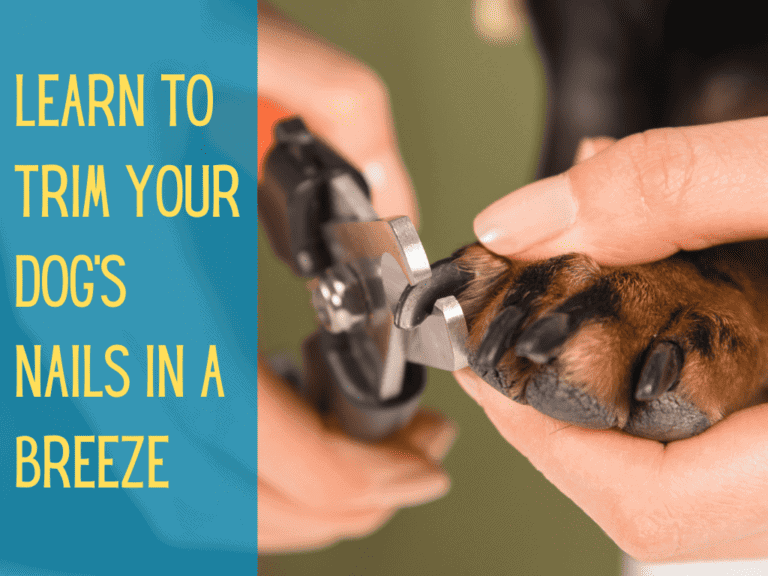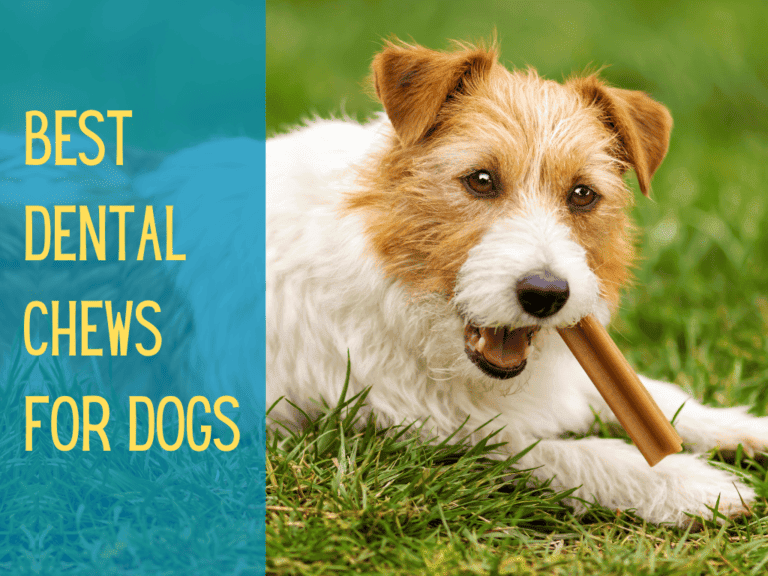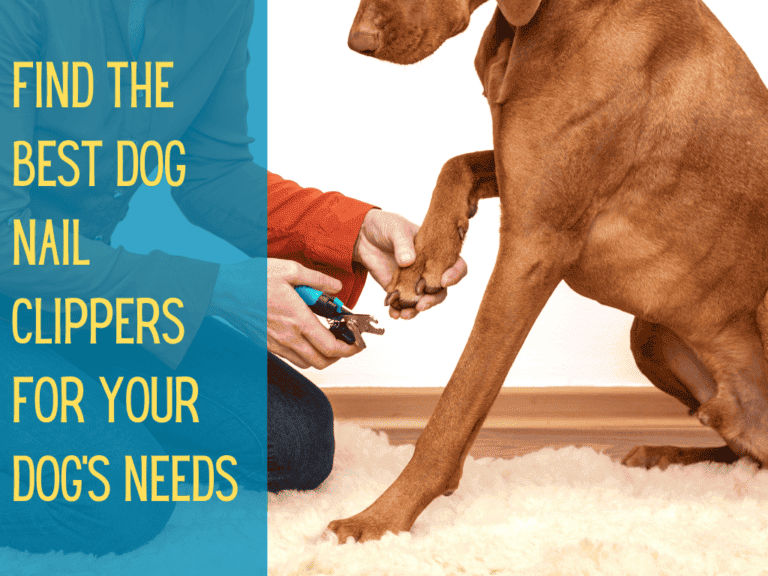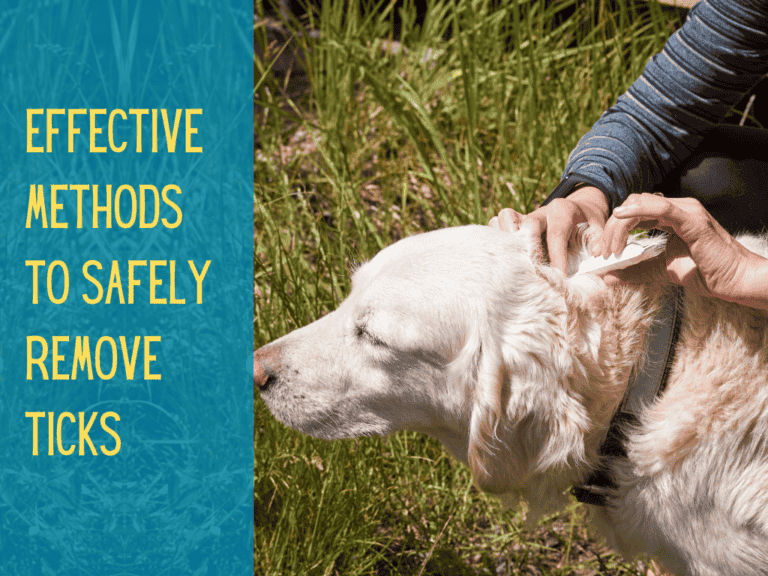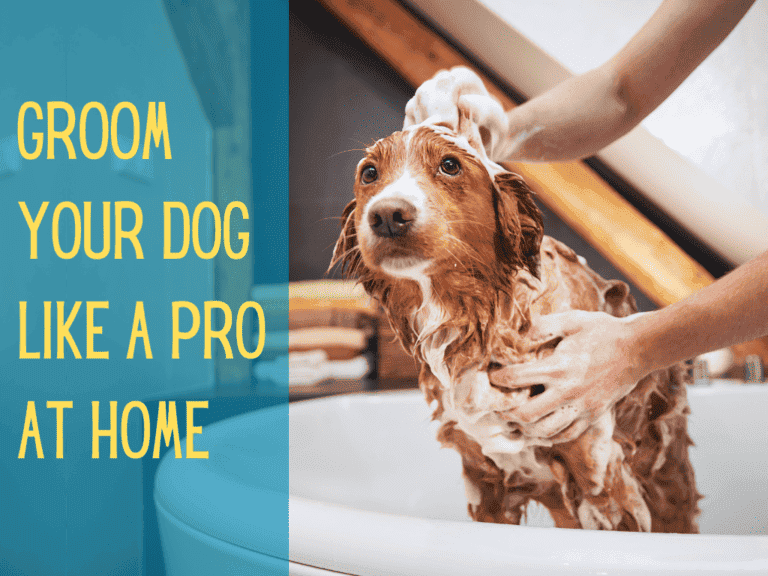How to Express Dog Anal Glands in 4 Easy Steps
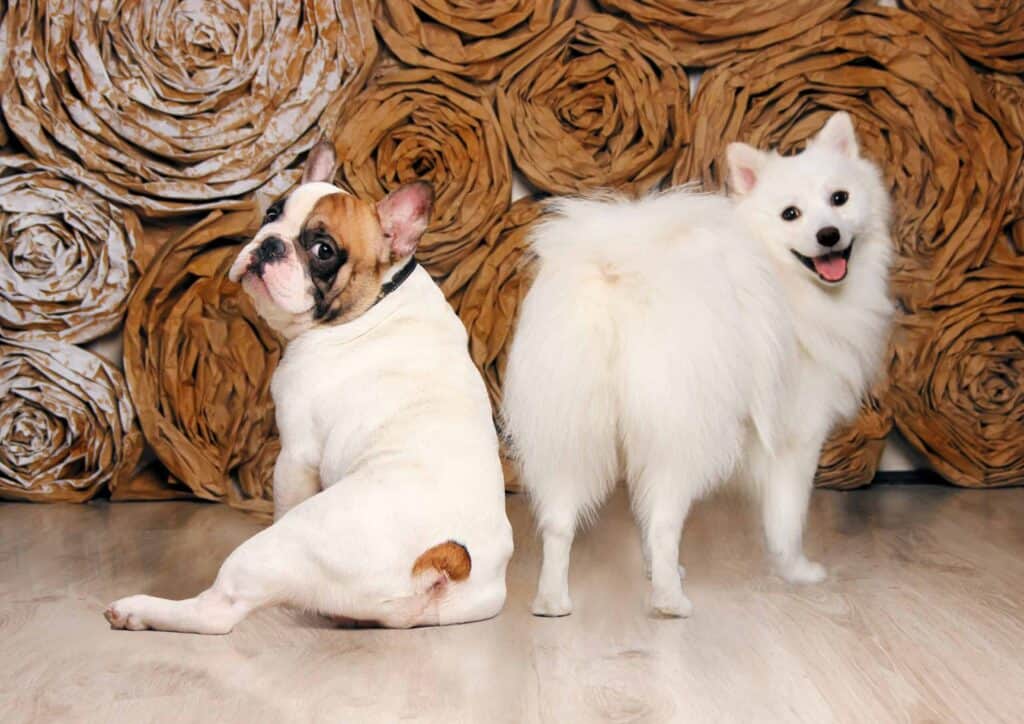
Is your dog doing the notorious scoot across your floor? Chances are that their anal glands are bothering them.
It’s a topic we all love (insert sarcasm).
While anal glands generally shouldn’t be expressed manually and should be done by your vet, sometimes you get stuck in a situation where it’s the only option to do it at home.
And while the thought of giving anal gland expression a go might be nerve-wracking, external expression is not a difficult task. In this guide, I’ll walk you through the steps of how to express dog anal glands safely at home. Plus, I’ll share preventative tips to help you avoid future issues so you won’t have to do this in the first place!
Common Signs of Anal Gland Issues
While many dogs never experience anal gland issues, some may require intervention. You can spot the tell-tale signs that your dog might need their anal glands expressed if you notice any of the following behaviors or symptoms:
- Persistent scooting or dragging their rear on the ground
- Frequent licking or chewing near their anal area
- Visible redness or swelling around the anus
- A distinct, fishy smell emanating from their back end
- Apparent discomfort or hesitation when sitting
- Difficulty or straining while defecating
These indicators suggest that your dog may need some help with their anal glands.
How to Express Dog Anal Glands
- Gather your materials
- Prepare your dog
- Lubrication and location
- Express the glands
- Clean up
Step 2: Prepare Your Dog
Position your dog in the bathtub for a more straightforward cleanup process. If a bathtub isn’t an option, a large dog can stand on the floor or a small dog can stand on an elevated surface. Avoid doing this in an area like the kitchen or living room. Things are about to get fishy!
It’s helpful to have an assistant to gently restrain your dog during the process.
Utilizing The Bathtub
Using the bathtub for expressing your dog’s anal glands is a practical method to keep things clean and contained. It’s an efficient two-in-one solution; not only can you address their glandular needs, but you can also immediately wash away any residual odor with a soothing bath. This ensures your home stays fresh and your dog is comfortable and clean.
Step 3. Lubrication and Location
With gloves on, apply a light coat of lubricant to your thumb and index finger. The glands are located at the four o’clock and eight o’clock positions around the dog’s anus, and an anal sac will feel like a tiny grape.
Step 4. Express the Glands
Place a paper towel over the gland to catch the fluid. Using gentle but firm pressure, squeeze and massage the impacted anal glands. The goal is to have the fluid release onto the paper towel.
Be ready for a strong, fishy odor. The fluid should be brown and watery.
If you notice a thick, discolored discharge, this could be a sign of an anal gland infection, and you should contact your veterinarian immediately to get your pup the necessary treatment.
Step 5. Cleaning Up
After you express their anal glands, clean your dog’s rear end with a damp washcloth or give them a full bath to ensure cleanliness and remove any lingering odors. Properly dispose of the gloves and paper towels and clean the area thoroughly to maintain hygiene.
Preventative Care
Ensuring the well-being of your dog’s anal glands involves regular, proactive care. While certain small breeds may be more susceptible to gland issues, there are effective strategies to minimize the risk, no matter the breed:
- Dietary Adjustments: When a dog poops, firm stool naturally expresses anal glands. If your dog’s stools are consistently soft, consider transitioning to a fiber-rich diet or adding a fiber supplement like canned pumpkin to their meals.
- Digestive Supplements: Prebiotics and probiotics can promote a healthy gut, aiding in digestion and potentially preventing anal gland complications.
- Regular Exercise: Physical activity helps maintain regular bowel movements, which is crucial for the natural expression of the anal glands. Encourage your dog to engage in exercise that stimulates their digestive system.
- Allergy Management: Allergies can contribute to anal gland problems, so using over-the-counter allergy supplements or seeking advice from your veterinarian can be beneficial.
By taking these preventative steps, you can support your dog’s anal gland health and help avoid the need for frequent expressions.
Is it painful to manually express a dog’s glands?
Expressing a dog’s anal glands typically causes minimal discomfort and is not considered painful for the majority of dogs. The process is quick, usually completed in under a minute, ensuring any unease is short-lived for both you and your pet.
How often do dog anal glands need to be expressed?
It’s generally uncommon to frequently express your dog’s anal glands since they are designed to empty a little each time your dog defecates. Only when your dog exhibits the symptoms of an impaction should you consider intervening if preventative actions are not working.
If you notice a need for regular expression, seek guidance on more specialized preventative care and consult with your veterinarian for a health evaluation, as you don’t want to become dependent on regular expression.
Wrapping Up Dog Anal Gland Expression
Mastering the task of expressing your dog’s anal glands is a testament to the lengths we’ll go for our furry friends’ comfort and health. However, it’s important to remember that regular manual expression isn’t recommended.
Instead, fostering a lifestyle that encourages natural expression through proper diet, regular exercise, and consistent check-ups is key. This approach supports your dog’s overall well-being and minimizes the need for uncomfortable interventions.
The journey to ensuring your dog’s happiness doesn’t have to be a solo adventure filled with guesswork and messy situations. It’s about making informed decisions that contribute to their health and your peace of mind.
Looking for more guidance on dog health care, from diet tips to preventative measures for keeping your dog feeling their best? Join my community for access to expert advice and insights. Subscribe to my newsletter and stay ahead of the curve in providing the best care for your canine companion.
Join the Pack!
Sign up for my newsletter and fetch the latest tips, tricks, and industry insights straight to your inbox!

